Carrots are one of the most popular and easy-to-grow root vegetables, and they are also packed with nutrients. Growing your own carrots can be a rewarding experience, and it’s not difficult to do. However, to get the best results, you need to follow certain guidelines for planting and growing.
In this article, How to Plant and Grow the Best Carrots we will give you lots of information on how to plant and grow carrots, with tips and tricks to help you get the best harvest possible.
When to Plant Carrots
Carrots are a cool-weather crop, and they grow best when temperatures are between 60-70 degrees Fahrenheit. You can begin planting carrot seedlings or sowing carrot seeds as soon as the soil can be worked in the spring, even two to three weeks before the last frost [1]. In warmer climates, you might have better luck growing carrots in the fall or winter [2]. You can also succession plant carrots every couple of weeks throughout the spring.
How to Prepare Soil for Carrots
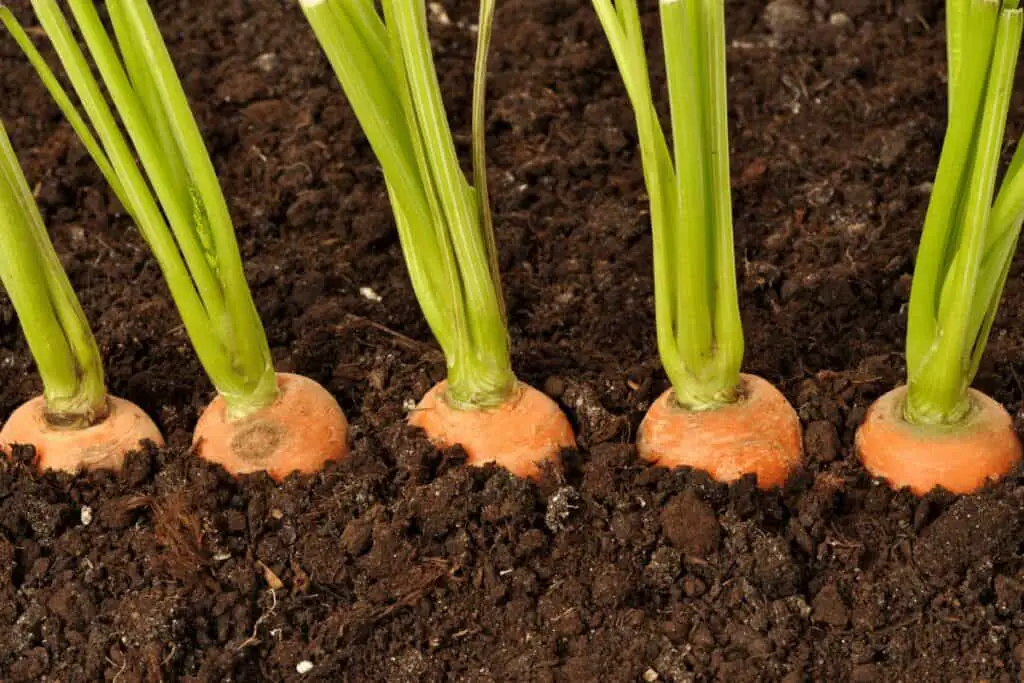
Carrots grow best in well-draining soil with a pH level of 6.0-6.8. Before planting, you need to prepare the soil by loosening it to a depth of at least 12 inches and removing any rocks, debris, or weeds. You can add compost, aged manure, or other organic matter to improve the soil’s fertility and texture. It’s important not to use fresh manure, as it can cause carrots to fork or split. Once the soil is prepared, you can rake it smooth and create furrows or rows for planting.
How to Plant Carrots
To plant carrots, you can either sow seeds directly in the ground or transplant seedlings. If you’re sowing seeds, sow about six seeds at a time, 1/4-1/2 inch deep and about an inch apart in rows to begin with [3]. Once the tops of the carrots have reached about 2 inches tall, thin them to about 2 inches apart.
Two weeks later, you will need to thin them again to make them around 3-4 inches apart. Carrot seedlings should be transplanted when they have two true leaves and are about 2-3 inches tall. Plant them about 3-4 inches apart in rows.
How to Care for Carrots
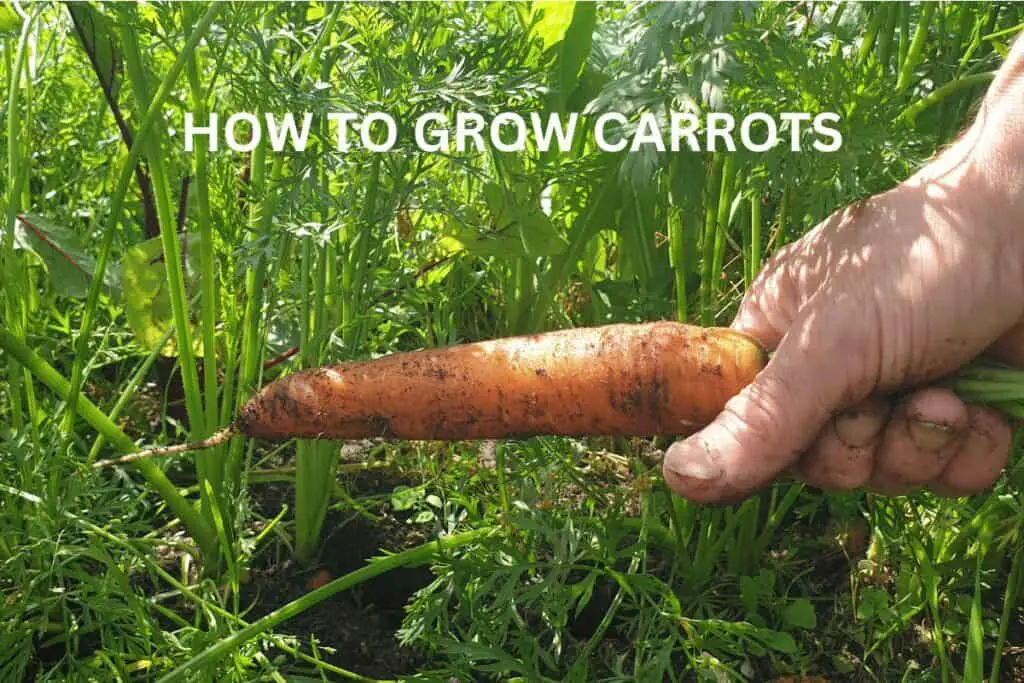
Carrots require regular watering to keep the soil moist, but not too wet. Overwatering can cause the roots to rot. Water deeply once a week or more often during dry spells. Mulching can help conserve moisture and prevent weeds.
Carrots also need fertilizer, but too much nitrogen can cause them to produce lush tops at the expense of the roots. Use a balanced fertilizer, such as 10-10-10, and apply it according to the package instructions.
Be sure not to get fertilizer on the leaves, as it can burn them. Finally, keep an eye out for pests and diseases, such as carrot rust flies, aphids, or leaf blight, and take appropriate measures to control them.
When to Harvest Carrots
Carrots are ready to be harvested when they have reached their full size and color. Generally, carrots take about 60-120 days to grow from seed, with most varieties taking around 70-80 days to mature after sprouting [3].
When harvesting carrots, it is important to check the color of the carrots to determine if they are ready for harvesting. The best time to harvest carrots is when they have reached their full color, which is usually bright orange, but can also be yellow, white, or purple depending on the variety [1].
Additionally, the tops of the carrot roots should be about 3/4 to 1 inch in diameter and likely start to pop out of the soil, though not necessarily [2].
FAQs
What Is the Best Month to Plant Carrots?
The best time to plant carrots depends on your location and climate. In general, carrots should be sown in early spring and early fall, with specific planting dates varying based on your location and climate. For example, in the Midwest region of the United States, carrots can be started from April 1st. [1]
What Is the Best Way to Plant Carrots?
The best way to plant carrots is to sow the seeds about 1/4-1/2 inch deep and about an inch apart in rows to begin with. When the tops of the carrots have reached about 2 inches tall, thin them to about 2 inches apart. Two weeks later, you will need to thin them again to make them around 3-4 inches apart. [1]
How Long Does It Take to Grow Carrots?
The time it takes for carrots to grow depends on various factors such as variety, weather conditions, and soil quality. On average, carrots take about 2-4 months to mature. [2]
How many carrot seeds to plant per hole?
It is recommended to plant 2-3 carrot seeds per hole, as not all seeds will germinate. Once the seedlings have grown to a couple of inches, they should be thinned to about 2 inches apart. [1]
Can You Just Scatter Carrot Seeds?
While it is possible to scatter carrot seeds, it is not recommended as this can result in overcrowding and uneven growth. It is best to sow the seeds in rows and follow proper spacing and thinning practices. [1]
Does 1 Carrot Seed Produce 1 Carrot?
No, one carrot seed does not produce one carrot. Each carrot seed can produce multiple carrots, as long as the soil conditions and growing practices are adequate. The number of carrots produced per seed can vary based on factors such as spacing, soil quality, and variety. [3]
Two Great Carrot Recipes
Roasted Carrots with Cilantro-Walnut Pesto [2]:
Roasted Carrots with Cilantro-Walnut Pesto [2]: This recipe uses roasted carrots as a base, which are then topped with a delicious and flavorful cilantro-walnut pesto. It’s a great option for a side dish or as a vegetarian main course.
- 2 pounds carrots, peeled and trimmed
- 1/4 cup chopped fresh cilantro
- 1/4 cup chopped walnuts
- 1 garlic clove, minced
- 2 tablespoons grated Parmesan cheese
- 1 tablespoon lemon juice
- 1/4 teaspoon salt
- 1/4 teaspoon pepper
- 1/4 cup olive oil
Here are the steps to make the dish:
- Preheat the oven to 400°F (204°C).
- In a small food processor, pulse the cilantro, walnuts, garlic, Parmesan cheese, lemon juice, salt, and pepper until finely chopped.
- While the food processor is running, gradually pour in the olive oil in a steady stream until a smooth pesto forms.
- On a large baking sheet, place the carrots and drizzle with the prepared pesto, tossing until the carrots are well coated.
- Roast the carrots for 20-25 minutes or until they are tender, stirring occasionally.
- Serve the roasted carrots hot and garnish with additional chopped cilantro and chopped walnuts if desired.
Roasted Carrots with Cilantro-Walnut Pesto
Carrot Cake with Carrot Top Pesto [1]: This recipe takes advantage of both the carrots themselves and their leafy green tops. The carrots are used to make a classic carrot cake, while the tops are turned into a pesto that can be used as a topping for the cake or as a dip for veggies you will need the following ingredients: bread. It’s a unique and tasty way to use the whole vegetable!
- 2 lbs. fresh carrots, peeled and cut into 1-inch pieces
- 1/2 cup chopped fresh cilantro
- 1/2 cup chopped walnuts
- 3 cloves garlic, minced
- 1/2 tsp. salt
- 1/2 tsp. pepper
- 1/2 cup olive oil, divided
Instructions:
- Preheat the oven to 400°F (200°C).
- In a small food processor, pulse the cilantro, walnuts, garlic, salt, and pepper until finely chopped.
- Gradually add 1/4 cup of olive oil while pulsing the mixture.
- Place the carrot pieces in a large mixing bowl.
- Drizzle the remaining 1/4 cup of olive oil over the carrots and toss them to coat evenly.
- Pour the cilantro-walnut mixture over the carrots and toss until the carrots are evenly coated.
- Transfer the carrots to a greased 15x10x1-inch baking pan and spread them out in a single layer.
- Roast the carrots in the preheated oven for 20-25 minutes, stirring occasionally, until they are tender and browned on the edges.
- Serve the roasted carrots hot and enjoy!
I hope you find this recipe helpful!
Conclusion and final thoughts How to Plant and Grow the Best Carrots💭
Conclusion On How To Plant and Grow the Best Carrots. Planting carrots requires careful attention to spacing and timing [1]. Carrots grow best in cool weather, and seedlings or seeds can be planted as soon as the soil is workable in the spring [2]. Proper preparation of the planting area is also important for successful carrot growth [3]. When planting carrots, it is recommended to sow about six seeds at a time and then thin them out as they grow to ensure proper spacing [1]. In conclusion, with proper attention to spacing, timing, and preparation, planting carrots can be a rewarding and successful endeavor.
Latest Posts
- What Types of Lettuces Can You Grow?
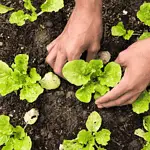
- How to Plant Onion Seeds for Maximum Germination
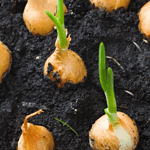
- How to Plant Parsnip Seeds for Maximum Germination

- How to Plant Mushroom Seeds for Maximum Germination

- How to Plant Lettuce Seeds for Maximum Germination
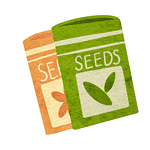
- How to Plant Kale Seeds: A Step-by-Step Guide to Maximum Germination Success!

Sources
[1] https://morningchores.com/growing-carrots/
[2] https://www.thespruce.com/how-to-grow-carrots-in-the-vegetable-garden-1403472




